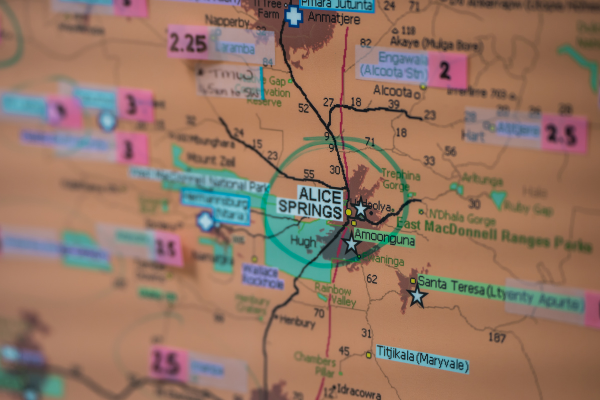
There has been an increasing number of crusted scabies cases observed across the Northern Territory (NT), with a 35% increase in 2023 to date, compared with recent years. The largest increase of scabies has occurred in Alice Springs and Darwin, while the East Arnhem region continues to have the highest rates in the NT.
What are scabies and crusted scabies?
Scabies is a disease caused by an infestation of the skin with the mite Sarcoptes scabiei. When hyper-infestation occurs, the condition is known as crusted scabies, which can involve thousands of mites over the person’s body.
Crusted scabies is often associated with underlying immune deficiencies however the majority of crusted scabies cases in the NT have not been associated with immune problems. Crusted scabies has associated high morbidity, and secondary bacteraemia may result in life-threatening sepsis.
Crusted scabies commonly presents:
- As thickened, scaling and crusting of the skin, often with a distinctive creamy colour, even in people with darker skin.
- On buttocks, armpits, elbows, knees, hands and feet, but sometimes involving the scalp and ears.
- In one or two areas or may cover the entire body, depending on severity.
- With itching that may be minimal or absent. Scabies is often misdiagnosed as other conditions such as psoriasis, fungal infection or diseases in which hyperkeratosis is a feature.
Risk of reinfection
People with crusted scabies are at high risk of recurrence from reinfection after initially successful treatment and require ongoing monitoring, education and maintenance of a scabies-free home. Patients should be reviewed proactively in the clinic for regular skin checks and early treatment of scabies recurrence.
If you think you might be at risk of scabies or crusted scabies, please speak with your GP.
You can also find more information by visiting the following resources, scabies and crusted scabies NT Health, scabies NT Health, and Health Direct.
